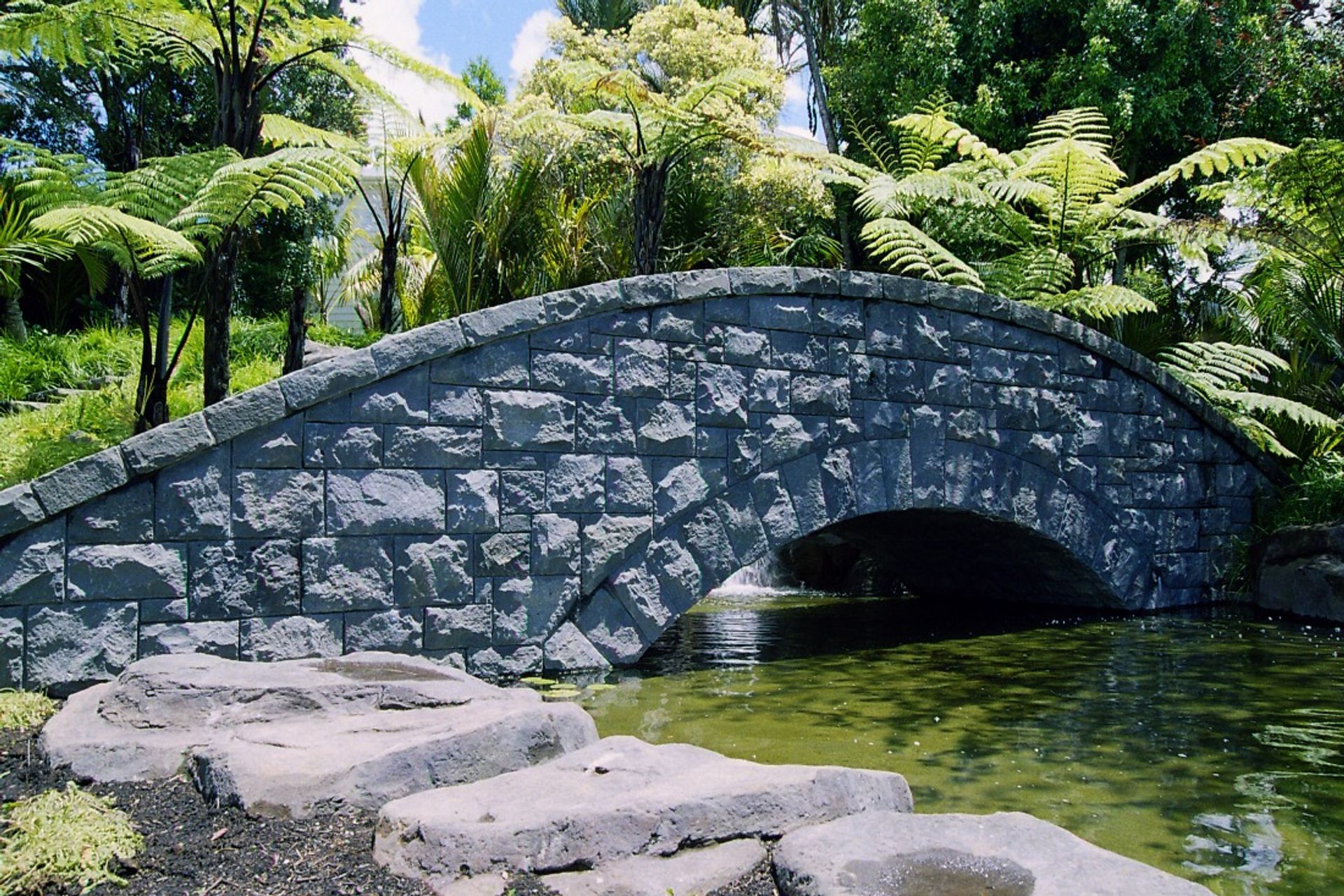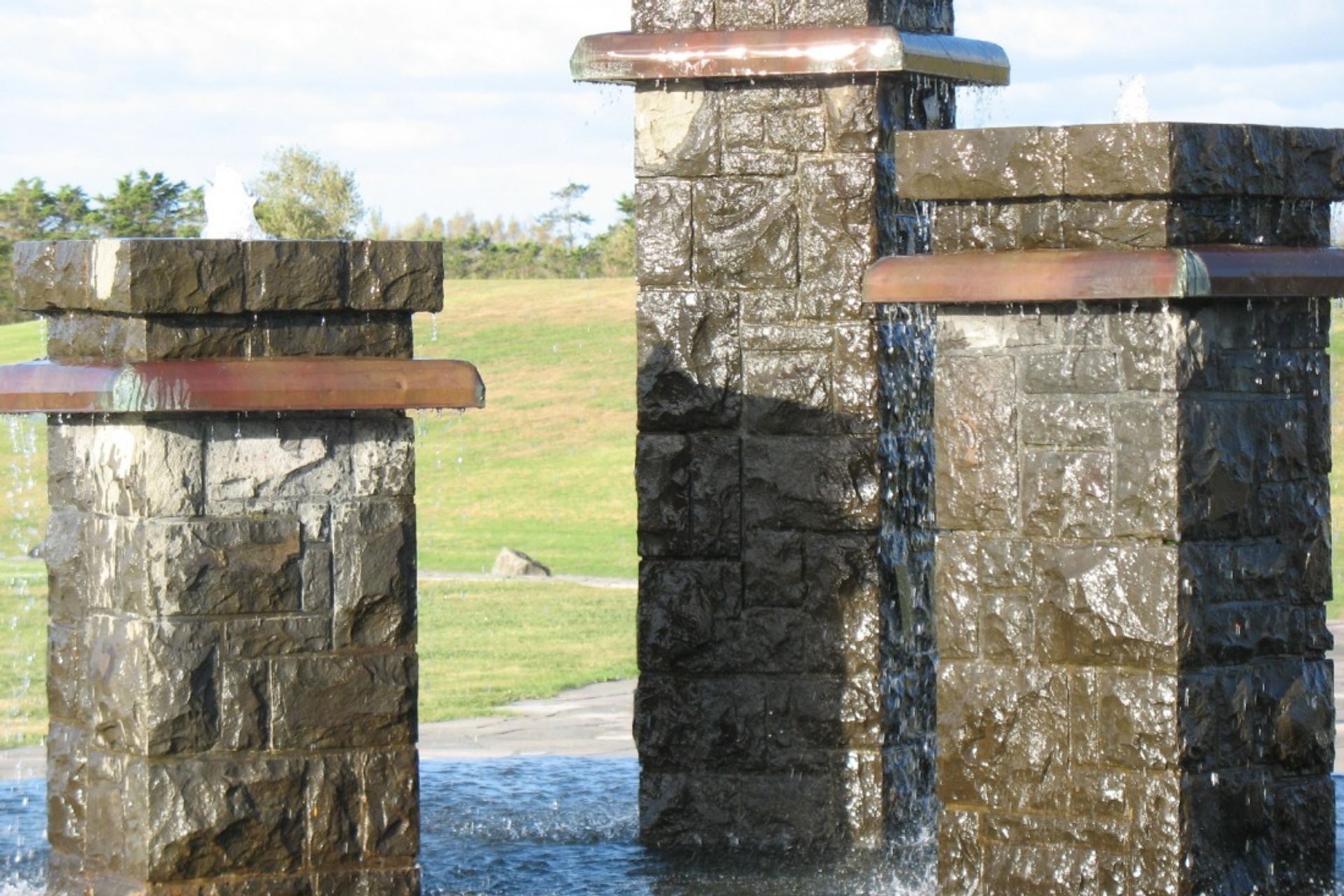The ancient art of stone masonry in a contemporary landscape
Written by
22 November 2017
•
4 min read

With his European ancestry came a love of stonemasonry, a skill that has been passed down through the generations. It’s something that, for Auckland Stonemasons’ Len Lavas, has been a defining part of his family history.
Contemporary stonemasonry looks very different to its traditional counterpart in most cases, but for Len, utilising the knowledge passed down through his family for generations is important. “You can’t learn 1,000 years of knowledge by yourself,” Len says. “It’s something that you get taught by the older guys.” Because most contemporary stonemasons utilise different technologies and ways of doing things, a central part of Len’s business is ensuring he takes on apprentices who are able to be taught the traditional way and learn on the job from experienced qualified stonemasons.
Auckland Stonemasons are involved are a wide variety of architectural projects – mostly large-scale commercial jobs – across the country. At the moment, they’re building a new sea wall along Auckland’s Tamaki Drive as part of the widening project. They’ve also recently completed an international-standard showjumping centre at Lake Karapiro, a stone lodge in Karaka, and the Cape Kidnappers Golf Course and Lodge.
Because of Len and his team’s extensive knowledge of stonemasonry, Auckland Stonemasons are often the first point of call for architects and designers. “We work with architects from day one,” Len says. “It’s about making sure their design is going to work with stonework and so we help detailing best practice waterproofing and fixing stonework to the building.
“These days a lot of stonework gets put on buildings like a brick veneer so they become wooden structures made to look like stone with stone veneers.” According to Len, this isn’t the best way of doing things, and him and his team work with architects to create better options.
“We often have an initial chat with an architect and I don’t normally charge for that because it’s just a few minutes of my time giving them the basic information they need. After that, we go on to work with drawings and the design.”
Stone is favoured for many reasons, but perhaps the most common is its longevity. “If it’s built correctly, it lasts forever,” Len says. Second to that is the character stonework creates – something that’s hard to rival with other materials. “It’s an expensive option but once it’s done you don’t have to touch it again. There’s no maintenance required.”
Stone is a very traditional material and is often used to create a sense of permanence or grandeur, but when it is incorporated into contemporary designs it can also create a distinctly modern aesthetic. Often in contemporary designs, stone is juxtaposed with other materials to create a visually stimulating contrast. In these settings, it is often used as a highlight – a way to enhance a certain aspect of a building’s design or surrounds.
In many areas of New Zealand, stone has become a quintessential aspect of a region’s architectural vernacular. In Otago, for example, the local schist is a central and defining feature of the vernacular. Now, it’s commonly juxtaposed with other materials such as cedar, which allows for a distinctly contemporary aesthetic with a nod to the local landscape and traditional use of schist. On Waiheke Island, local rock is again a central part of the built environment, commonly used for everything from driveways to garden features, retaining walls and cladding.
Utilising locally-sourced rock is another central focus of Auckland Stonemasons’ work, always preferring to use stone from within the region in which they are working. Their longevity in the industry means their ability to do this through a strong network of contacts is always possible. They also import stone for certain jobs, depending on the preference of the client and their contacts are spread not only throughout the country, but globally.
Aside from buildings, stone has a swathe of uses particularly in large-scale projects such as bridges, retaining walls and landscaping. For these types of projects, and all their work, Auckland Stonemasons’ area of expertise is their ability to develop designs and structures that are structurally sound, and that’s something Len says is passed down through the generations and through years on the job, learning through being involved. It’s in this way that Auckland Stonemasons are ensuring the future of the trade of stonemasonry, by ensuring their apprentices and younger staff are imparted with the knowledge of traditional stonemasonry.
If you’re considering stone for your next project, get in touch with Auckland Stonemasons on ArchiPro here to see what’s possible.


